Blackview BV9000 Pro
Blackview has been one of the most aggressive up-and-coming Chinese mobile manufacturers. While it is not as well-known as the likes of Xiaomi, ZTE, OnePlus, Huawei or Honor, the firm has managed to build a solid reputation as a purveyor of fine ruggedized smartphones thanks to an impressive line-up of IP68 devices released over the past two years.
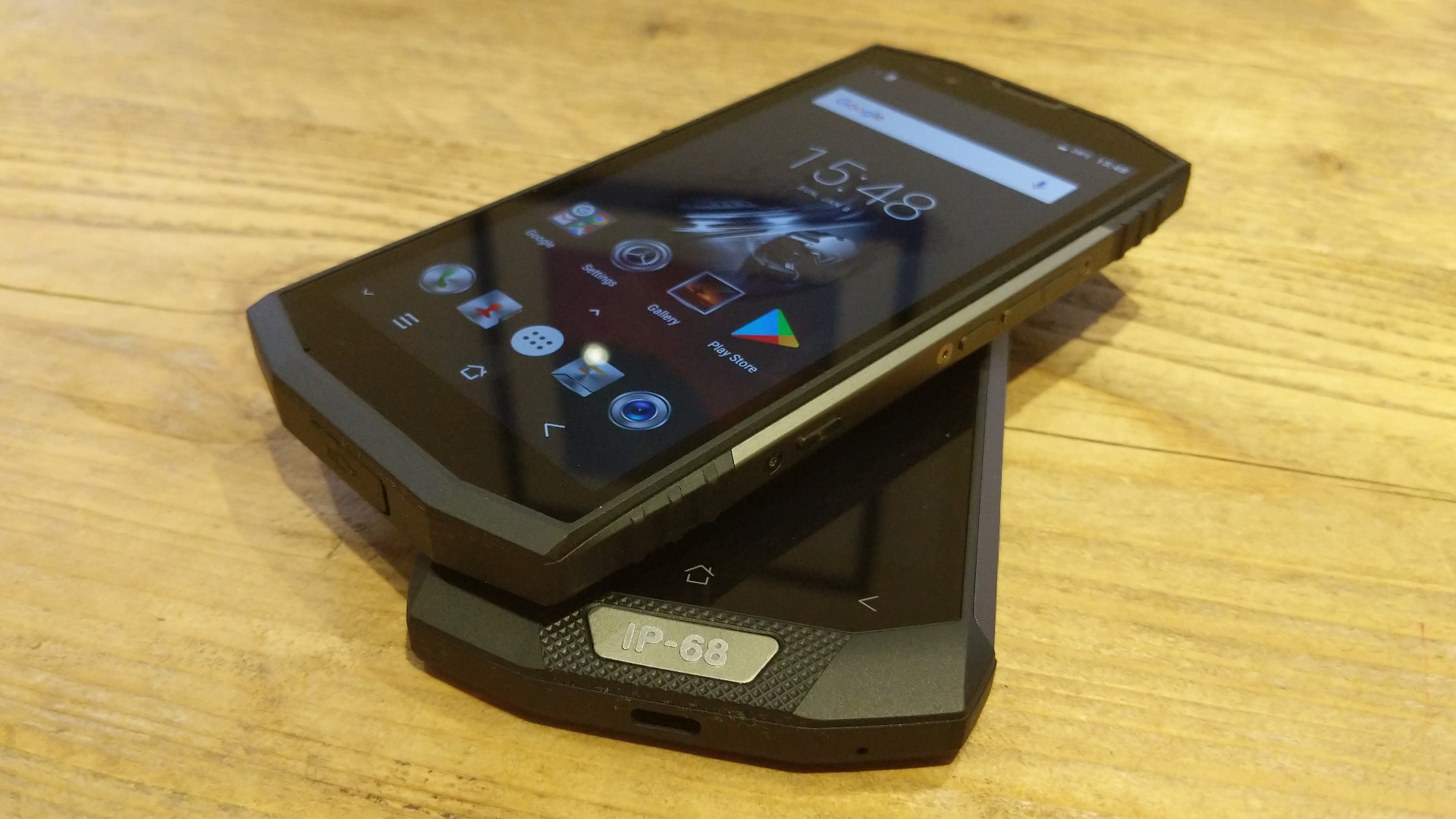
The latest model is the BV9000 Pro which follows the BV9000. Other predecessors include the BV8000 Pro, the BV7000 Pro, the BV7000, the BV6000, the BV6000T, the BV6000S, the BV5000 and the BV4000 Pro.
Design
The BV9000 Pro is an evolution of the BV8000 Pro design-wise (you can see these two phones together in the pictures above and below), adopting some of the ideas first brought to market by the BV7000 Pro. It abandons the gaudy IP68 logo, brings back the fingerprint reader at the back, cans the dedicated PTT (push-to-talk) button and goes for a more subtle color scheme consisting primarily of black. All in all, it looks far more premium than past attempts by Blackview.
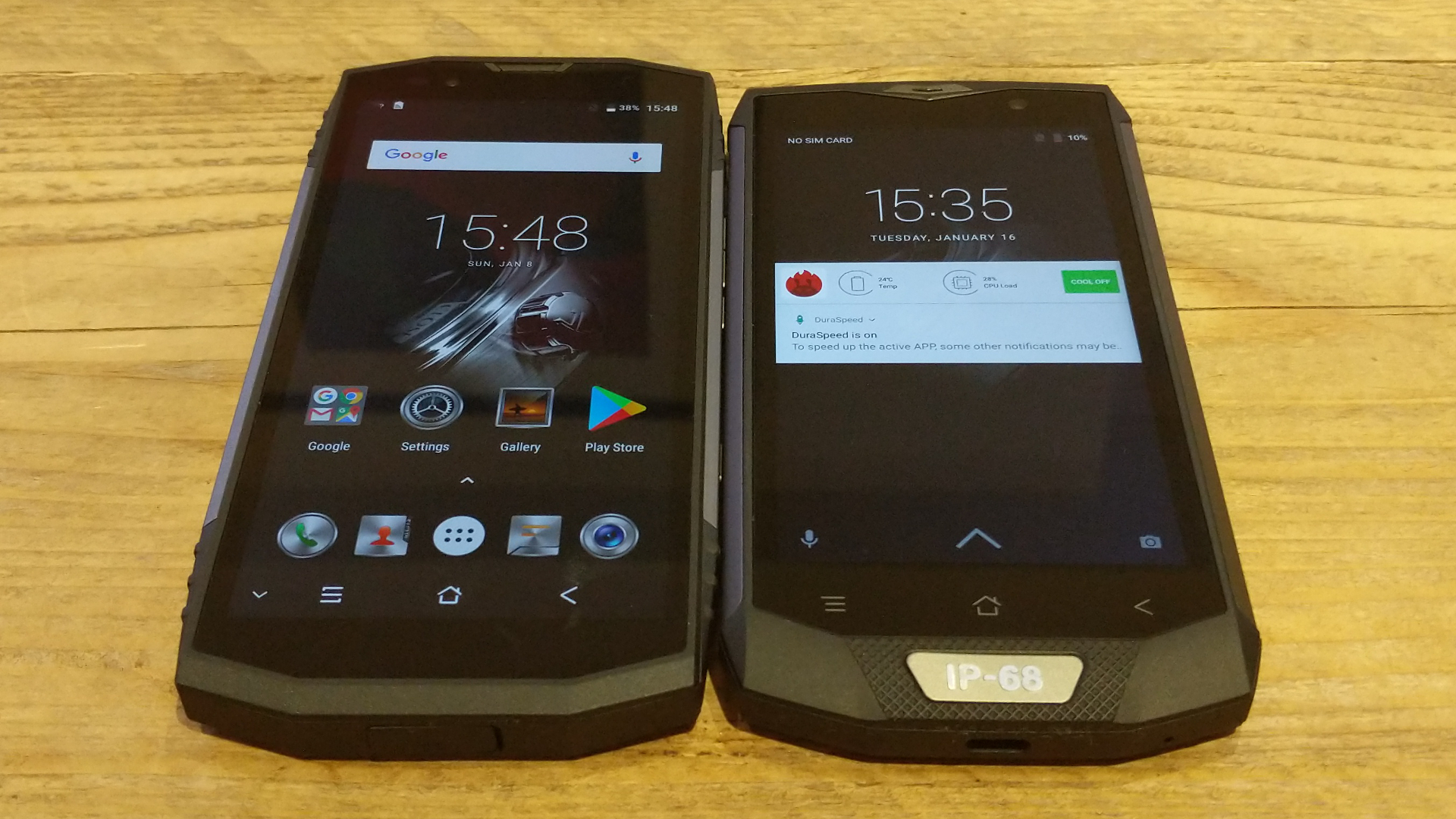
The flaps are also back as the BV9000 Pro bravely (and controversially) kills off the audio socket, and moves the microSD card slot and the SIM card to where these usually sit – at the top of the smartphone. You will need an adaptor (provided) to use your existing earphones/headphones.
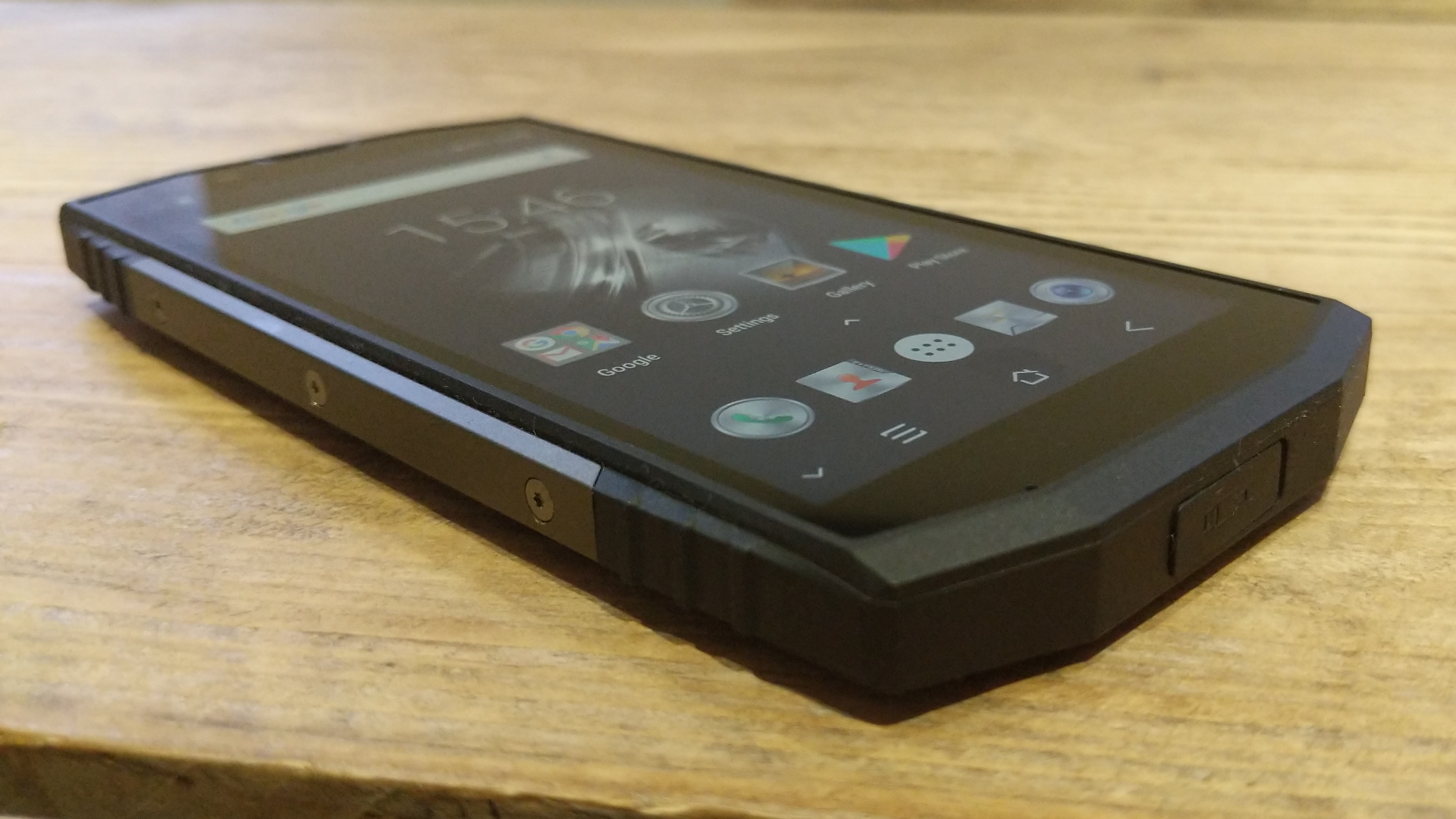
There’s also no permanent Android system buttons hanging near the lower edge. Getting rid of those frees up precious real-estate and while the new flagship handset is bigger than its predecessor, it isn’t massively so, despite sporting a much larger 5.7-inch display (compared to 5-inch on the BV8000 Pro).
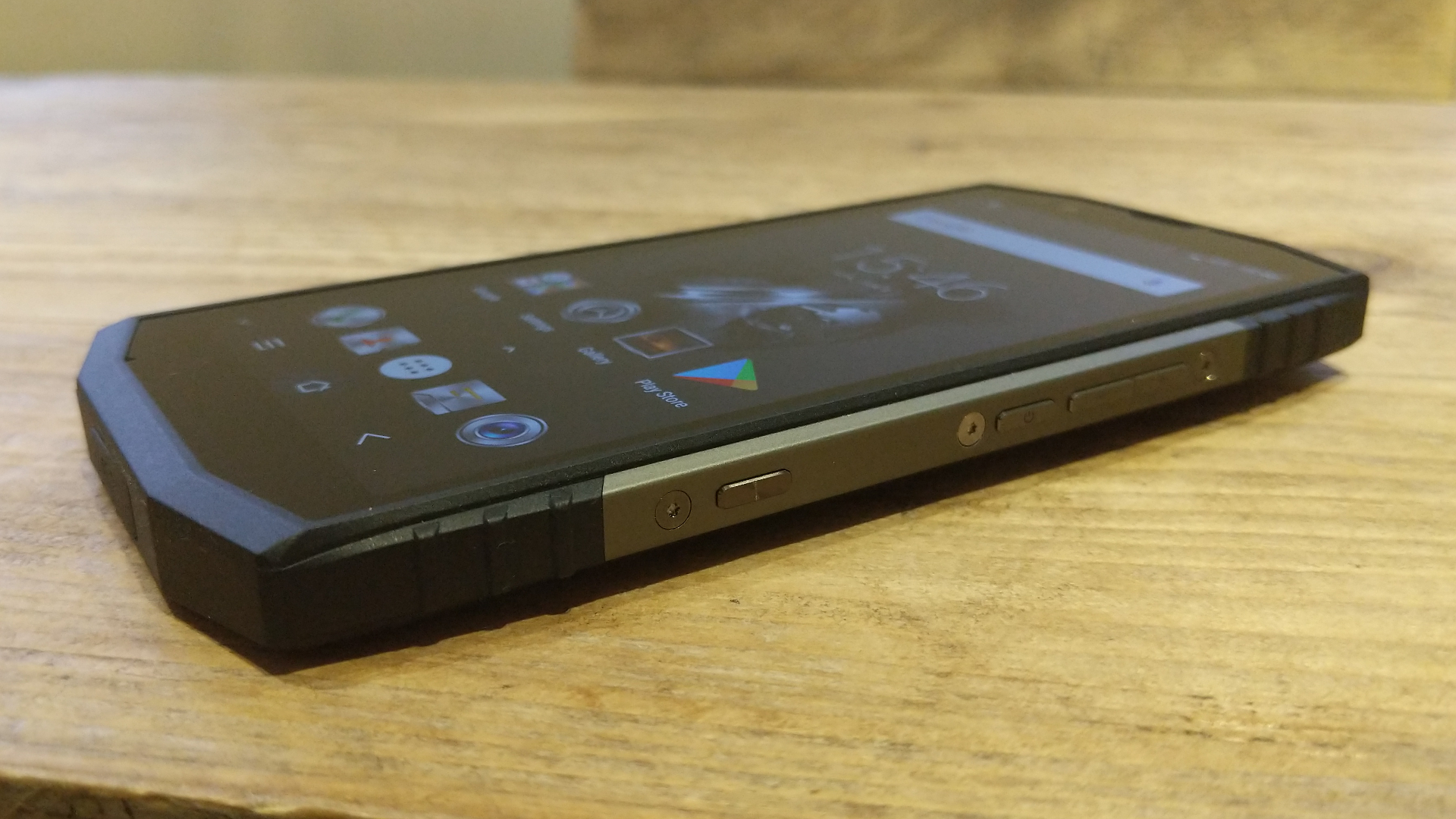
All the buttons are located on the right edge with a USB Type-C connector present. At the back of the BV9000 Pro are a pair of cameras with a pair of flash LEDs, the fingerprint reader, a sticker (which you can peel off) and a Blackview badge that reads ‘Designed by Blackview, assembled in China’. So much for the company’s attempt to beef up its brand.
Specifications
The BV9000 Pro is powered by a variant of the ubiquitous Mediatek MT6757 system-on-a-chip, the MT6757CD (Helio P25). It has a slightly higher clock speed compared to the vanilla MT6757 found on the BV8000 Pro. Blackview opted for an 18:9 display, embracing a current smartphone trend. The screen also benefits from Corning Gorilla Glass 5.
What feels like a few steps backwards, though, is the fact that the display only has an HD+ resolution. At just 720 x 1440 pixels, it packs 50% fewer pixels compared to the BV8000 Pro for example (which is Full HD).
This, combined with a bigger screen diagonal, leads to a dramatic drop in pixel density – from 440.58 PPI to 282.45 PPI. This translates into graphics that lose sharpness, but also, on a positive note, fewer pixels is less taxing on the GPU.
The combination of 6GB of RAM and 128GB of storage (both courtesy of Samsung) is likely to be enough for a few more years. The smartphone has a microSD card slot should you want to add more storage, although that will reduce the BV9000 Pro to a single SIM slot device.
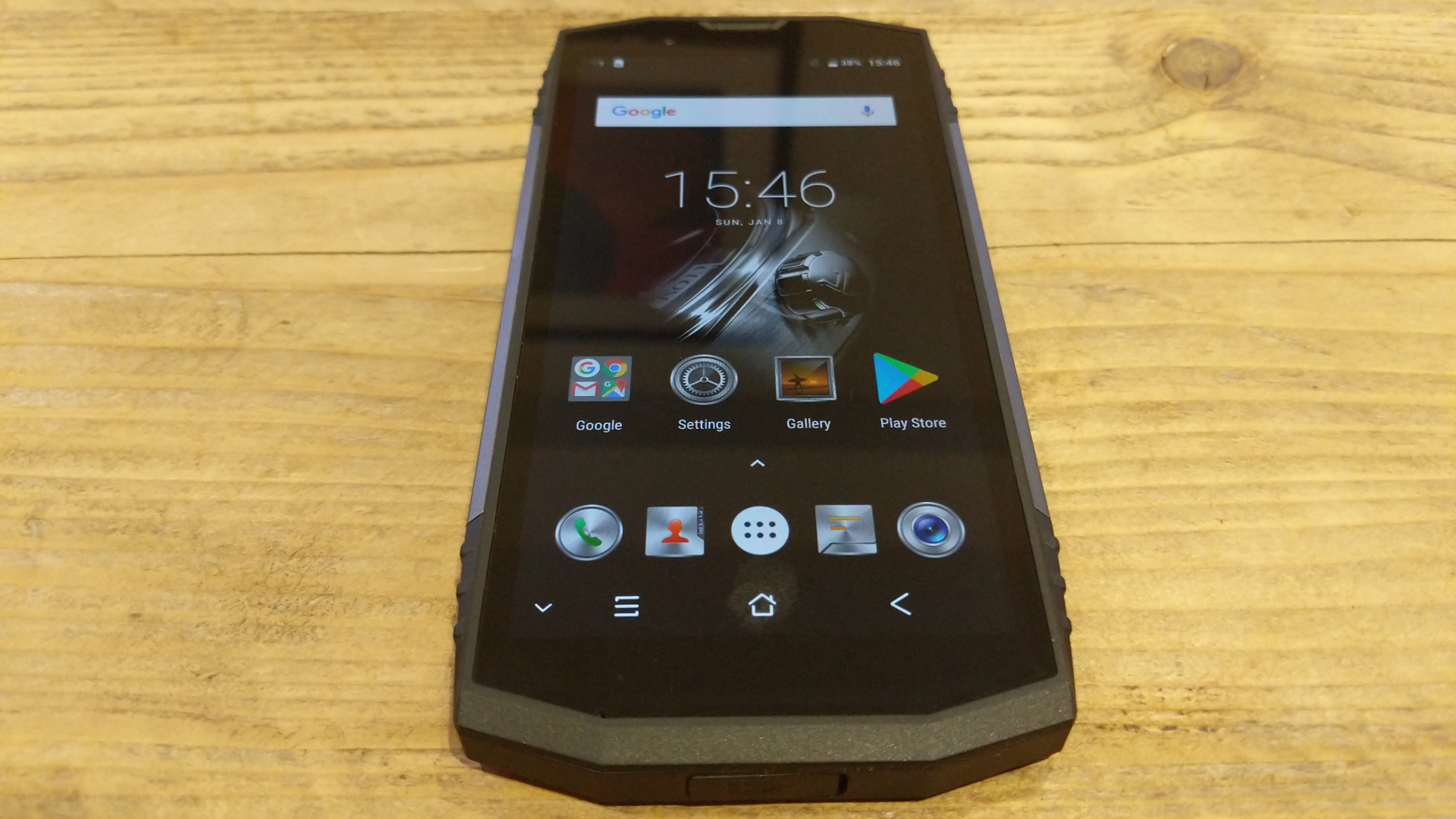
The handset runs on a 4.18Ah battery that is powered by a 24W (12V,2A) charger and includes NFC (finally!), 802.11ac Wi-Fi, and Bluetooth as well as an array of sensors (gravity, gyroscope, geomagnetic). And don’t forget that this is an IP68-rated smartphone.
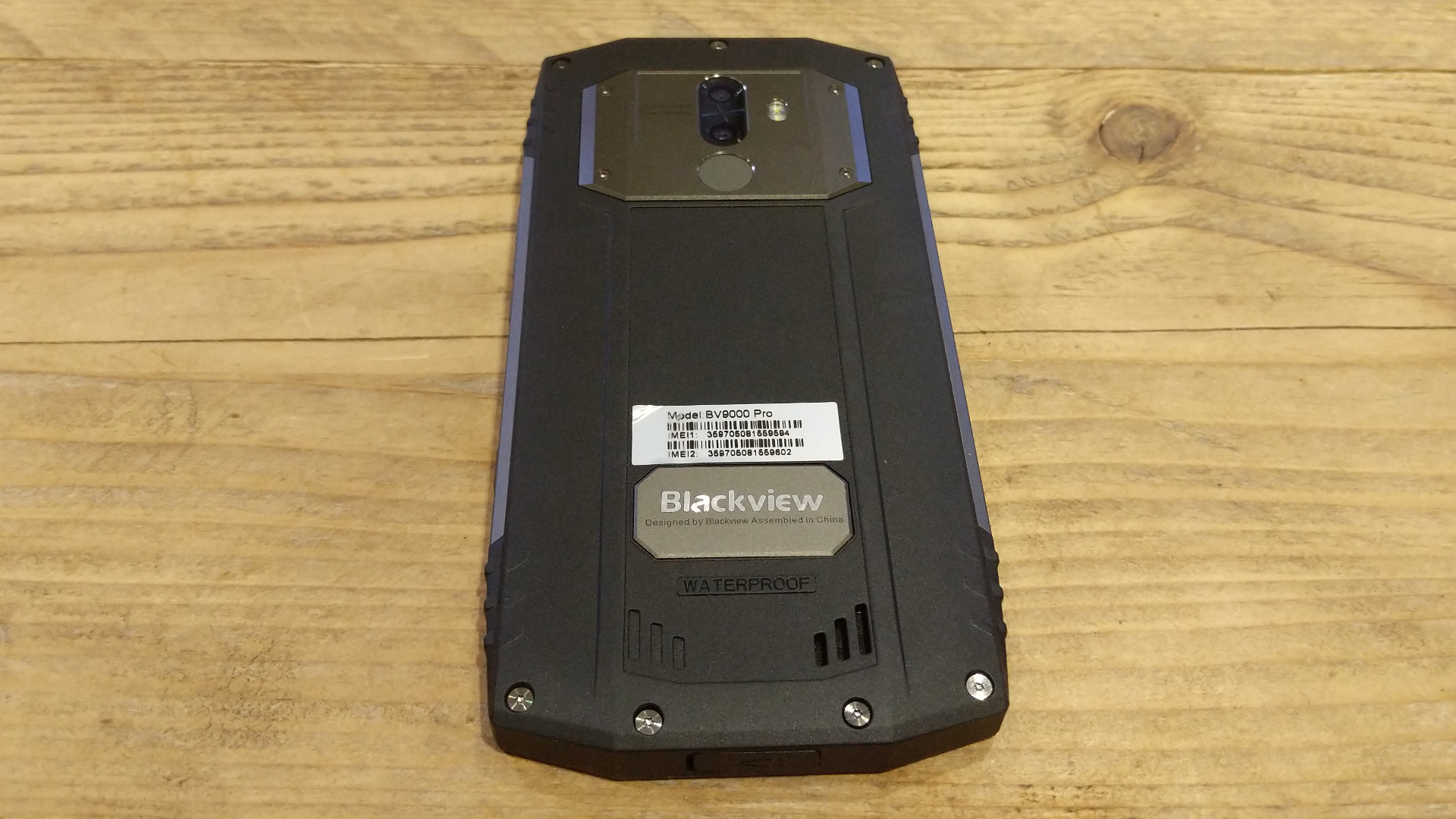
In use
Don’t expect Oreo on the BV9000 Pro: it still runs Android Nougat, albeit the 7.1 version (and a customized version on top of that). We came across a weird issue (an expired Google license) when installing the firmware update, but a couple of restarts took care of that.
This phone doesn’t include relevant rugged-focused apps by default (as some of its competitors do). There is, however, a potentially life-saving ETWS (Earthquake & Tsunami Warning System) app as well as a QR code reader and a screen recorder.
Performance was generally in line with rival smartphones that sport the same hardware combination. The lower screen resolution should have helped when it came to graphics-intensive benchmarks, but curiously, that wasn’t the case.
The competition
The BV9000 and the BV8000 Pro, both from Blackview, are probably the two biggest competitors to the BV9000 Pro. The aforementioned two are far cheaper (costing up to 25% less) and both have their respective pros and cons.
The BV9000 has less memory (4GB) and less storage (64GB), but other than that it is an exact replica of its big brother. The BV8000 Pro has 64GB of storage, keeps the 6GB of RAM and the processor, a dedicated PTT button and has a smaller, higher-res display. Perhaps most importantly, you can run both SIM cards and a microSD card at the same time.
The Ulefone Armor 2 has a similar specification and pricing to the BV8000 Pro but sports a slightly bigger battery. This phone’s design is far more utilitarian, though, and just like its Blackview rival, it houses memory and SIM cards behind a cover which requires unscrewing. There’s also a useful app toolkit similar to what we saw on the Doogee S60.
The Doogee S60 packs a powerful punch, with a Gorilla Glass 5 overlay on the display, plus it offers dual SIMs and dual standby, a 24W quick-charge charger, NFC and even wireless charging (but no wireless charger). It is crammed with sensors and tools as well, which will come in useful for handymen (and women): there’s a barometer, a gyroscope, a coulomb meter, a sound level meter and even a bubble level.
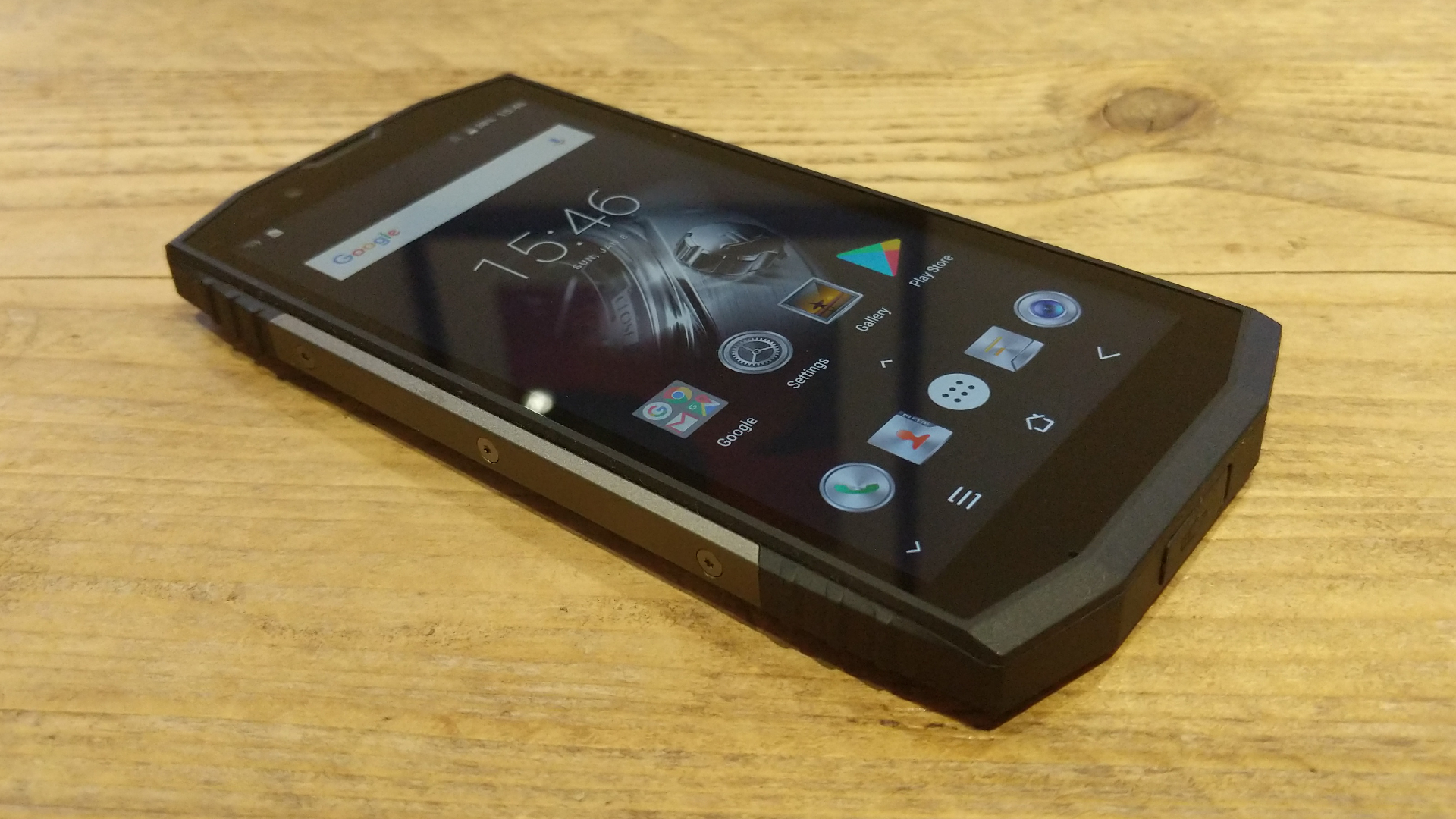
Final verdict
The BV9000 Pro feels like a minor improvement over the BV8000 Pro, and while the extra memory and storage are more than welcome, these are overshadowed by the HD+ display used. The dual rear cameras will appeal to snap-happy fans, but more business-minded users will frown at the loss of the ability to run dual SIM and microSD cards concurrently.
- We’ve picked out the best rugged smartphones
0 comments:
Post a Comment